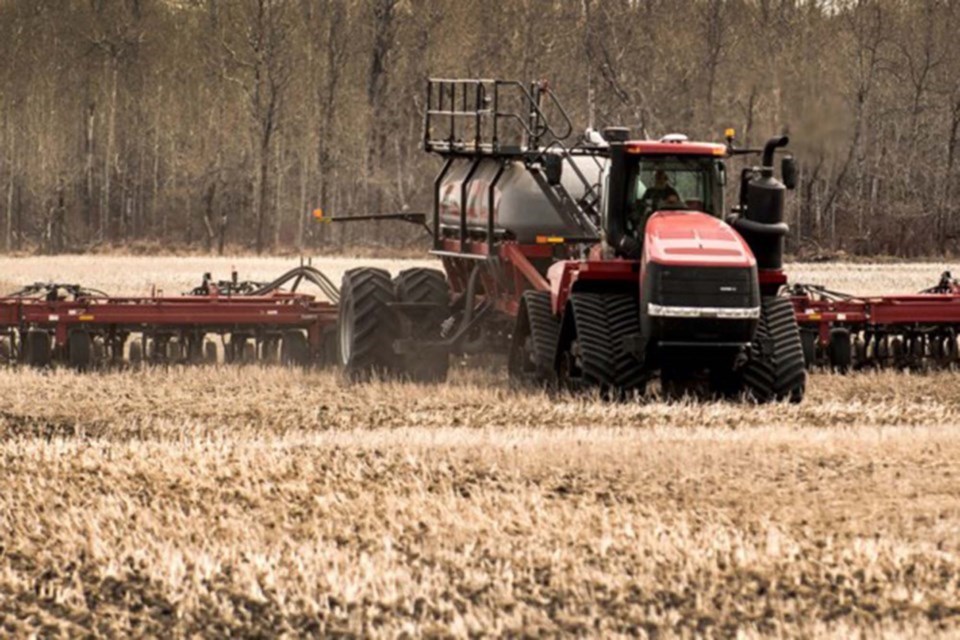Provincial leaders and agriculture advocates are raising alarms around the federal government's 30-per-cent reduction in fertilizer-use goal by 2030.
In July, federal and provincial ministers met and discussed the federal reduction target, which has sparked push back from Alberta and Saskatchewan.
Nitrogen fertilizer is considered a contributor to green-house gas emissions.
Paul McLauchlin, president of the Rural Municipalities of Alberta, said right now the most important issue in agriculture is food security, given the war between Russia and Ukraine, who produce much of the world’s food.
“It's just it's such a policy misdirection and miscommunication, and ... just a lack of understanding,” McLauchlin said.
“The fundamental reality is organic sources of fertilizer cannot meet the needs of modern agriculture and modern food demand based on population-growth worldwide.”
A 30-per-cent reduction in fertilizer, without the use of new technologies, would result in 30 per cent less food being produced by Canadian producers. As a result, McLauchlin said farms will fold.
The country keeps trying to “lead from the front” when it comes to emission reductions, McLauchlin said, rather than recognize what an asset the agricultural industry is to emissions reductions.
“Agricultural production is actually a carbon sequestration method,” McLauchlin said, meaning that carbon can be stored and captured through farming.
The reduction in fertilizer use in agriculture was not on the agenda during the three-day meeting between the federal, provincial, and territorial ministers, but Alberta Minister of Agriculture and Forestry Nate Horner said the provinces brought up the issue to the federal government because of their concerns.
Horner said what the province hears most about food is the importance of affordability and food security, with the world wanting the country to produce more agricultural commodities.
“The federal government obviously has a lot of ambition around emission reduction," Horner said. "But until they speak back to us about achieving emission reductions while increasing production … I think they are being completely disingenuous to the needs and wants of Canadians and the world."
Looking at emissions per unit of production — as opposed to a hard cap measured from previous years — is what Horner would like to see the federal government focus on.
Crops like canola have a direct-yield curve that correlates with fertilizer and nutrient load, so they would have a huge challenge in reducing fertilizer use.
Right now, producers are working hard to cut the use of fertilizer already, Horner said, through using variable-rate technology and zero-till practices. Many cutting-edge and early-adopting farmers are using technology to reduce fertilizer use, and Horner said those things aren’t being recognized.
The fertilizer market right now has prices skyrocketing because of the Russian war on Ukraine, and that will drive change quickly from producers, Horner said.
Leaders want the federal government to make the 30 per cent reduction more of a symbolic target, rather than a hard cap, Horner said, and then fund the research and innovation to help reach the goal.
The talks come while Dutch farmers are protesting the capital after their government mandated a 50-per-cent cut in nitrogen emissions from the sector, which will result in 11,200 farms having to close, and another 17,600 having to reduce their livestock, according to farmers.



